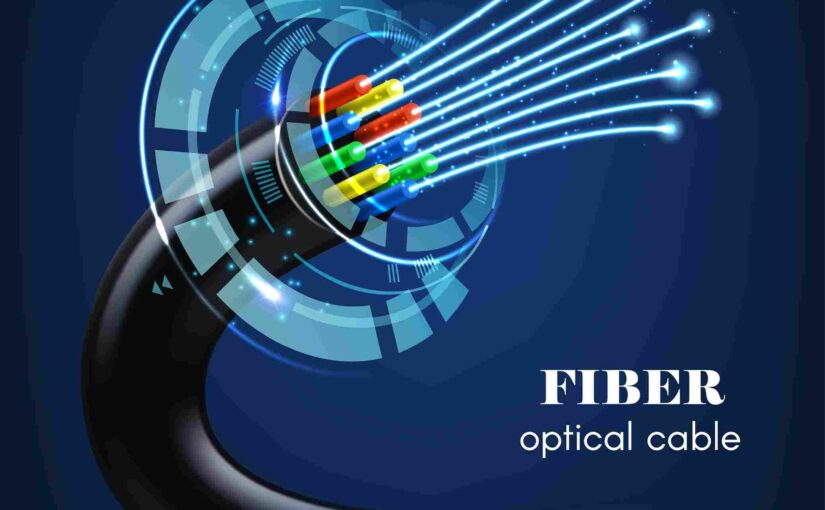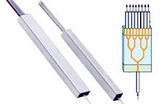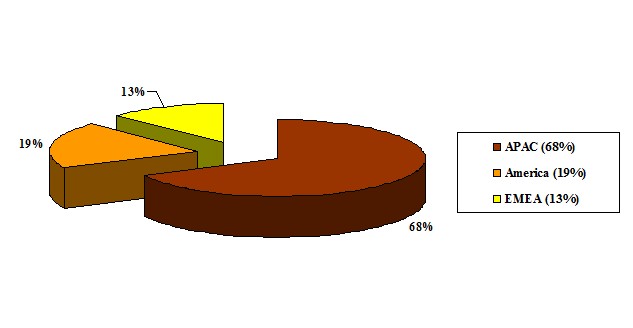Fiber optic cables are playing an essential role in creating highly reliable and high-performing optical communication systems and networks. When a signal propagates in a cable for a long distance, it becomes essential to install amplifiers in the network to prevent any distortion or weakening of the signal. In the same way, when light (or optical) signals travel in a fiber optic cable over a long distance, it also needs a fiber in-line amplifier to restore the strength of the light signal. Let’s learn about fiber optical amplifiers in detail.
What is a fiber optical amplifier?
A fiber optical amplifier is a special device that is specifically designed to boost (amplify) light-wave signals traveling across fiber optic cables without changing these signals into electrical form.
The use of optical amplifiers in optical fiber communication applications allows you to retain the optical integrity of the whole system.
What is the need for a fiber optical amplifier?
Wherever data is transmitted in the form of optical signals through a fiber cable, you need a fiber optical amplifier to preserve the strength of optical signals. Typically, when signals are sent from one end to another, then the quality and strength of the signal degrade due to various factors. If a fiber optical amplifier is not used and a degraded signal is sent to the other end, it becomes difficult or sometimes even impossible to regain the original information sent via that particular signal.
Since optical signals carry information in an optical communication network, the use of an electronic amplifier is not preferred; otherwise, some additional units will be needed to convert optical signals into electrical signals and then again need to convert the electrical signals into optical signals after amplification. This process is not only time-consuming but also makes the entire system more expensive and labor-intensive. Plus, data transmission will also be slower.
Therefore, fiber optical amplifiers are installed to amplify optical signals so that data signals can be transmitted at a faster rate and the integrity of data and information carried by signals remains intact.
In short, optical amplifiers allow you to transmit signals over long distances and at a faster rate without any attenuation or distortion.
Different Types of Optical Amplifiers
Optical amplifiers are usually categorized into three categories, namely:
- Semiconductor amplifiers
- Doped fiber amplifiers
- Raman amplifiers
Among all these three amplifiers, doped fiber amplifiers are more commonly used in fiber communications, fiber laser, and fiber sensor applications. Abbreviated as DFA, the active medium of a doped fiber amplifier is created by doping silica core slightly with rare earth elements, usually erbium. Hence, doped fiber amplifiers are popularly known as erbium-doped fiber amplifiers (EDFA).
Sometimes, optical amplifiers are also used in long-distance optical communication networks, optical fiber distributed sensing, and fiber laser applications. These amplifiers are based on the principle of Raman scattering and don’t need the population inversion mechanism for amplification purposes. To amplify signals, these amplifiers utilize standard transmission fiber cables.
DK Photonics is a world-class optical passive component manufacturer based in China and its offerings also include high-quality and reliable fiber optical amplifiers that are widely acclaimed for achieving high gain and low noise amplification. For any queries related to fiber amplifier orders, please get in touch with us.


